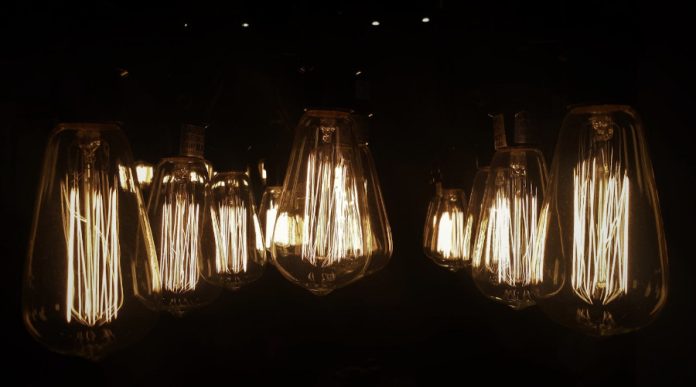Would you like to provide the garden with atmospheric outdoor lighting and could you still use some advice? This blog can help you make the right choices. From the lighting plan to the installation of your outdoor lighting, we help you step by step.
Step 1: Making a lighting plan
Depending on the size of the garden, it can be useful to start with a lighting plan. With a lighting plan you first put all light points on paper, this is also useful to be able to lay the ground cables later. Often, a few light points are predetermined in advance, for example to illuminate a driveway, terrace, pond, statue or tree. These light points can be placed directly on the drawing, after which you supplement the drawing with the lighting that you are still unsure about. It is better to subscribe a lamp too much than too little, because later you always have the choice whether you will actually install lighting at that point.
Step 2: Extra power points in the garden
Now that the outdoor lighting is largely on the map, it is important to start drawing in the other powerpoints. You may want a socket in the garden for maintenance work or a power supply for the charging station of the robotic lawnmower. But things such as a pond pump, irrigation pump, garden house and entrance gate also require electricity and don’t forget the charging station of your electric car.
Step 3: Outdoor lighting on 12v or 230 volts
Let me first state that the power consumption for a 12v or 230v outdoor lamp (Dutch: buitenlampen) is (almost) identical, so the choice does not matter for the energy consumption. The 12 volt systems have the advantage that they can be installed by anyone. Various brands supply plug & play systems in different price ranges, these are often easy to install. Because every brand works with its own plug & play system, you are often stuck with 1 brand, exchanging 12v outdoor lamps from different brands is often not possible. These systems use a transformer that converts the voltage from 230v to 12v, so you will always have to provide at least 1 socket.
Outdoor lamps on 230 volts are available in all sizes and shapes, from garden spot to stable lamp and from outdoor lantern to ground spot. The great thing about this is that the choice is huge and you are not tied to a brand. If you want a lamppost from brand A, ground spots from brand B and a garden spot from brand C, that’s no problem at all. Connecting 230 volt outdoor lighting is something that should be done by a professional.
Step 4: Consciously dealing with energy
You can’t escape it anymore, but use energy-efficient LED lighting with sensor (Dutch: buitenlamp met sensor) at all times. Do not leave the outdoor lighting on unnecessarily and use a well-adjusted motion detector, time clock or twilight switch where possible. This way you can enjoy your lighting to the fullest, without wasting energy.



































